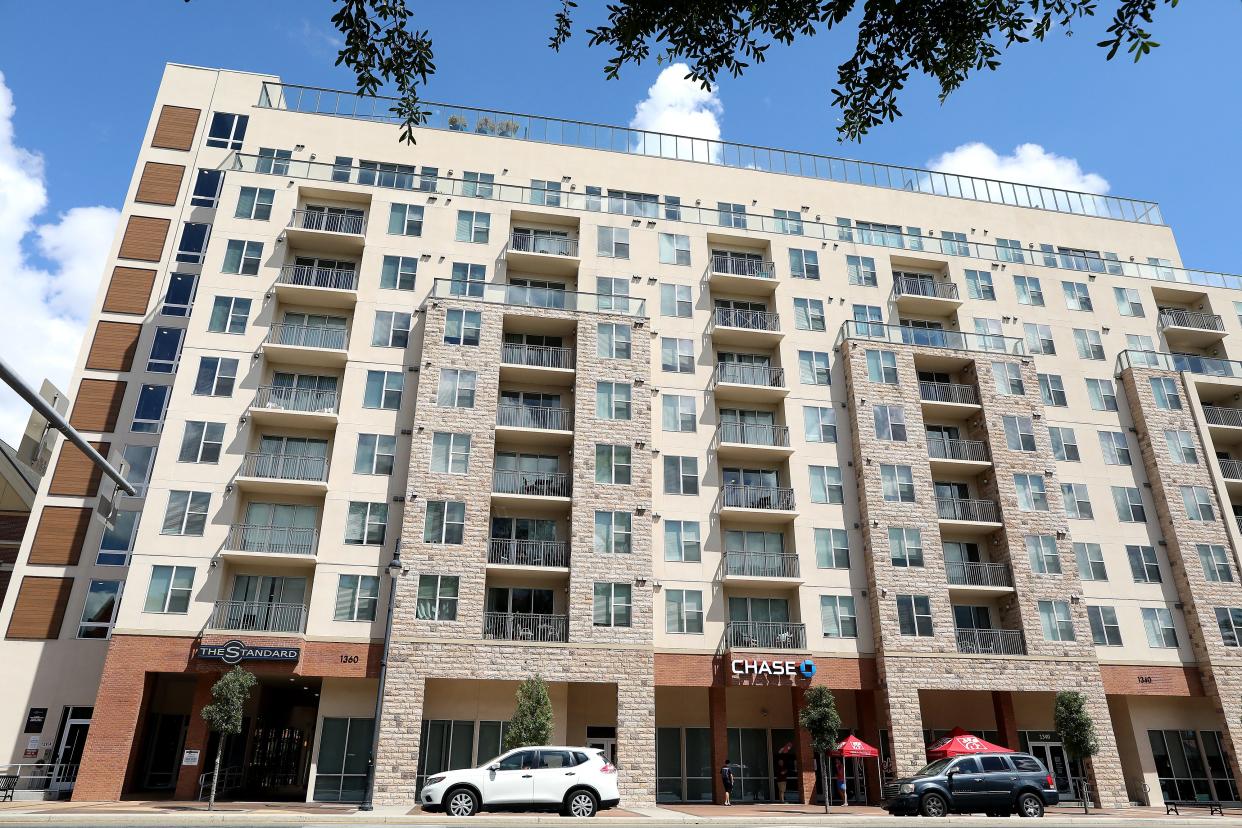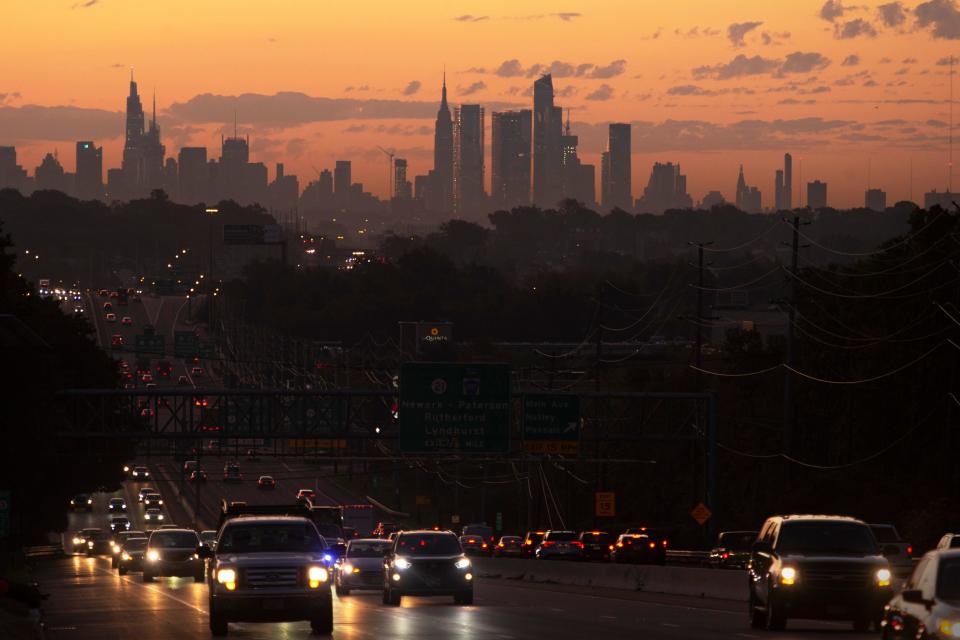Is density a panacea for all the problems facing Gainesville?

For some in our community, no matter the problem, increased building density is the solution. Proponents identify various intractable, “wicked” problems, then assert that, in each case, density is the solution. Here are a few proposals at play locally, followed by some corresponding cautions.
• To reverse global warming, we should build more densely, so that people will walk, rather than drive C02-emitting automobiles. Response: This is true if there is convenient, accessible public transit, like in New York City. Gainesville does not have a practical transit system, and few people, of any age, walk far in our hot weather.
• To reduce traffic and commute times, we should build dense housing close to workplaces. Response: This is a good idea, if people keep the same jobs, in the same locations, for their entire lives. Most do not. Currently the University of Florida is moving portions of its operations to Williston Road and the Oaks Mall, while some students and faculty meet online, with no need to come to campus.
• To stop suburban sprawl, we should build new middle-class (“workforce”) apartments, so people will choose to live in the city rather than consuming forests and farmlands. Response: This would be true if the apartments are appealing. The quality of construction, the design of apartments, proximity to greenspaces, schools and other amenities make a difference for those with choices.
More from Kim Tanzer:
Agreement needed on what 'affordable housing' means to reach consensus
Despite aging infrastructure, Gainesville is in better shape than many cities
Gainesville is starting to resemble Houston in its lack of comprehensive planning
• To generate the market needed for downtown commerce to prosper, we should build more dense housing nearby. Response: Not all dense housing draws vibrant commerce. For example, Brooklyn and the Bronx, two of New York’s five boroughs, are almost equally dense (around 37,000 people per square mile). Brooklyn has abundant shopping and restaurants while portions of the Bronx are food deserts.
• To reverse housing segregation, a vestige of systemic racism, we should build new, cheaper housing amidst more expensive housing, thus increasing the total population density. Response: This argument presumes that most Black people are poor, and most poor people are Black, a premise with which many would disagree. Even accepting this premise, there are many examples of dense, but still highly segregated, communities across the country.
• To supercharge Gainesville’s creative production, we should build more densely to increase the likelihood of chance encounters in crowded public places. This theory argues that innovation occurs when people with different ideas meet informally, and interact. Response: We have likely all experienced this productive creative exchange, but the locations of these interactive “bumps” varies widely. Taken at the scale of cities, we can recognize that New York City has generated incredible innovation, but so has the very suburban Silicon Valley.
Wouldn’t it be great if we could solve all these systemic global challenges with one simple solution, increased density?
Density, though, is not a solution. It is a mathematical ratio, typically measuring people per square mile. New York City has 29,302 people per square mile, while Gainesville has 2,226 people/mile.

Even within New York City, densities vary greatly. Manhattan has 74,780 people/mile, while Staten Island has 8,618 people/mile. In Gainesville, some inner-city neighborhoods have more than 4,000 people/mile, while some newer neighborhoods have fewer than 1,000 people/mile. The new student housing area near campus has 12,000 people/mile.
What are we to do with this jumble of aspirations, conflicting outcomes and data?
Cities, across history and around the world, are among the most varied, complex creations of humankind. They integrate every aspect of human behavior and technology, and they change constantly. Trying to “fix” everything by modifying one factor, density, will not work.
Locally, how might we proceed? We could start by understanding our city’s data, and by developing a collective vision of our city’s future.
Despite years of citizens’ pleas for facts, we know very little about the shape of our city as described using data. Where is our housing located, and what does it cost? How does it connect to transit? To schools? To greenspace? Who lives there, who cannot, and why?
In tandem, what do we, collectively want for our city? Many people living in Gainesville subscribe to the laudable goals sketched above. However, virtually no one has been persuaded by lectures from the commission, especially if the arguments presented run counter to their own knowledge and life experience.
Density is a metric, not a solution. As we contemplate the shape of our future city, we should keep in mind that if something seems too good to be true, it probably is.
Kim Tanzer lives in Gainesville. She is a former UF architecture professor who was also dean of the University of Virginia's School of Architecture.
Join the conversation
Send a letter to the editor (up to 200 words) to letters@gainesville.com. Letters must include the writer's full name and city of residence. Additional guidelines for submitting letters and longer guest columns can be found at bit.ly/sunopinionguidelines.
Journalism matters. Your support matters.
Get a digital subscription to the Gainesville Sun. Includes must-see content on Gainesville.com and Gatorsports.com, breaking news and updates on all your devices, and access to the Gainesville.com ePaper. Visit www.gainesville.com/subscribenow to sign up.
This article originally appeared on The Gainesville Sun: Kim Tanzer: Is density a panacea for all of Gainesville's problems?

